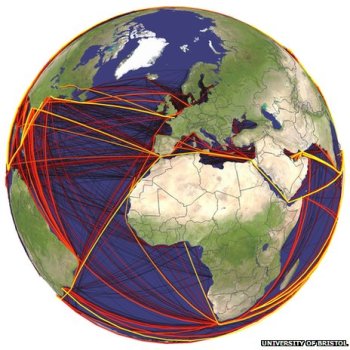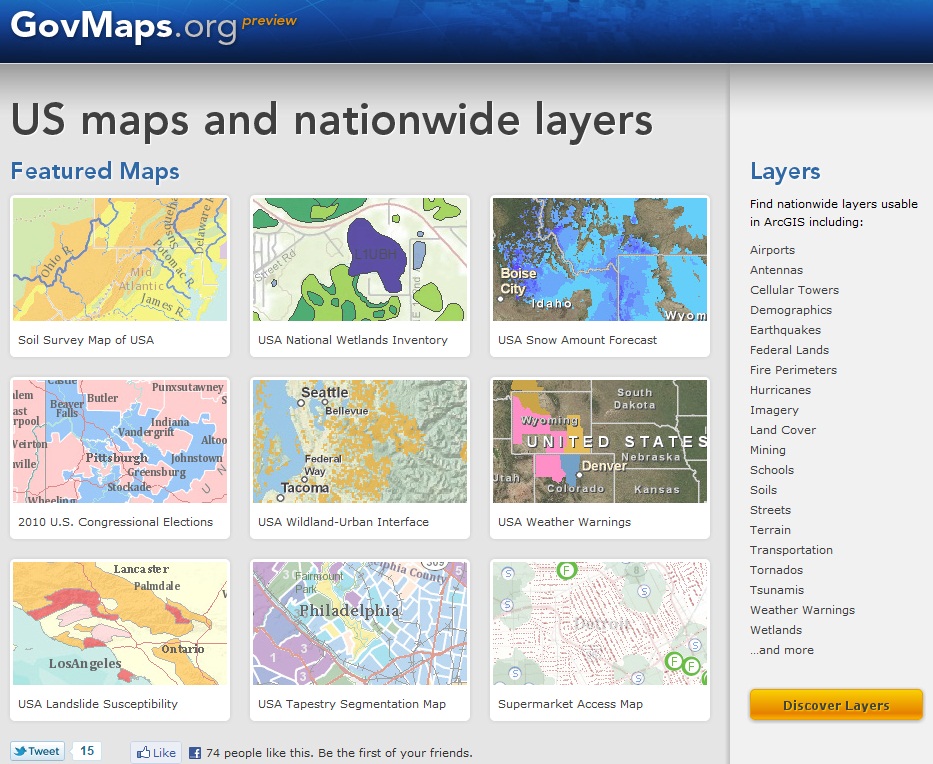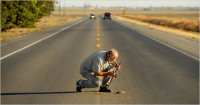2014 Western Section of the Wildlife Society Meeting wrap-up
/I recently attended the 2014 annual meeting of the Western Section of the Wildlife Society in Reno CA. The focus of the conference was on harnessing citizen science toward greater conservation.
I saw some interesting talks in my session (I was clearly the odd-talk-out in a session dominated by animal tracking (I spoke about our SNAMP website evaluation)). For example:
- Peter Bloom discussed red-tailed hawk movements from banded bird recovery. The birds are banded as juveniles and observed by citizens and scientists. In this way their movements can be mapped: across southern California, across the Pacific flyway, and across the US.
- Joe Burnett presented on the use of GSM transmitters to track California condor (the largest flying bird in north America) movement patterns. He caught us up on condor recovery and current threats (lead poisoning from foraging on wild game) to condors. He showed some very nice visualizations of wild condor flights between Ventana and the Pinnacles (including some stops for water and dead animal chomping) from the GSM transmitters and Google Earth.
- Shannon Rich looked at migration patterns of flammulated owls using light-level geolocators. "What is a flammulated owl”? you say: I will tell you. They are super cute tiny owls, with neat flame-like markings on their face and body. Geolocators are small (~1g) that record ambient light levels during the day, and from timing of sunrise and sunset, you can get latitude and longitude. These are not sending out signals, and you need to recapture the owl to download data. As always, I am stunned by the dedication and time it takes for wildlife biologists to gather their careful data on animal movement.
- Russ Bryant talked about native honeybee habitat in North Dakota. He talked about the important services that bees give us: 95 agricultural plants benefit from pollination services (estimated at $15b). I did not know that ND is the top honey producer in the US. Colony collapse across the US has been profound. They used INVEST to explore the role of land cover and bee pollination to produce a pollinator habitat index, and a habitat connectivity for areas where bees had been captured.
In the climate change session, I heard from a range of speakers on practical adaptation strategies, curriculum for climate change education (Whitney Albright), new tools and reports for grassland bird species conservation (Ryan Diguadio), landscape-scale conservation planning for bobcats in the San Diego area (Megan Jennings), and some neat genetics of the SF Bay’s salt marsh harvest mouse (Mark Statham). Also, Curtis Alling talked about local, regional and state climate preparedness planning, and dedicated a slide to cal-adapt.org. Nice!
I also got to catch up briefly with ESPM grads Sarah Sawyer who is now at the Forest Service and Tim Bean, who is thriving at HSU. Alice, he suggested a trip up to Redwood State Park to check out the dark figure of crime in the tall trees.



